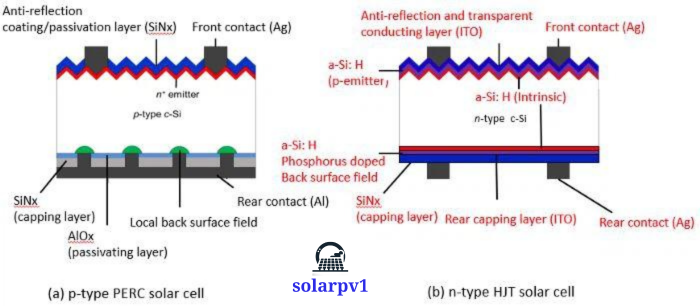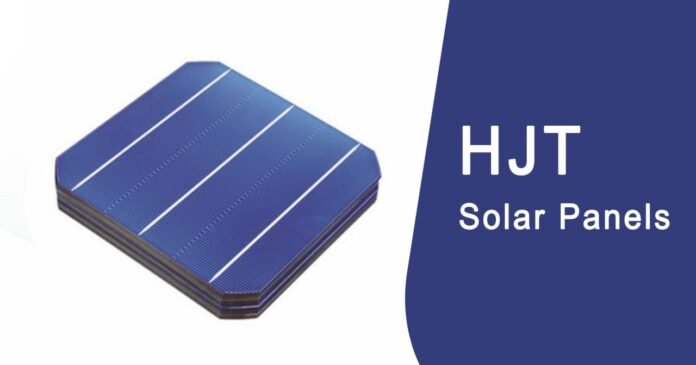Heterojunction Technology (HJT) in the Solar Industry
In recent years, the solar industry has witnessed significant advancements in technology, leading to increased efficiency and improved performance of solar panels. One such technology gaining attention is Heterojunction Technology (HJT). HJT is a photovoltaic (PV) technology that combines the benefits of both crystalline silicon (c-Si) and thin-film solar cells, offering higher efficiency and lower manufacturing costs.
Understanding Heterojunction Technology
Heterojunction Technology refers to the use of both p-type and n-type semiconductors in a solar cell. In traditional c-Si solar cells, a single layer of silicon is used, which limits the efficiency due to recombination losses. However, HJT overcomes this limitation by using a thin layer of intrinsic amorphous silicon (a-Si:H) between the p-type and n-type layers.

The p-type and n-type layers in HJT are made of doped amorphous silicon, which creates a heterojunction at the interface. This heterojunction allows for better charge carrier separation and reduces recombination losses, resulting in higher efficiency. Additionally, the use of amorphous silicon layers helps in reducing the impact of defects and impurities, further enhancing the performance of the solar cell.
Advantages of Heterojunction Technology
Heterojunction Technology offers several advantages over traditional solar cell technologies:
- High Efficiency: HJT solar cells have demonstrated higher conversion efficiencies compared to conventional c-Si solar cells. The improved charge carrier separation and reduced recombination losses contribute to the higher efficiency levels.
- Lower Temperature Coefficient: HJT cells have a lower temperature coefficient, meaning their performance is less affected by temperature variations. This makes them suitable for a wide range of climates and increases their overall energy yield.
- Improved Aesthetics: HJT cells have a sleek and uniform appearance due to the absence of visible gridlines. This makes them visually appealing and suitable for applications where aesthetics are important, such as building-integrated photovoltaics (BIPV).
- Lower Light-Induced Degradation: HJT cells are less prone to light-induced degradation, also known as the “LID effect,” compared to traditional c-Si cells. This ensures better long-term performance and stability.
- Reduced Manufacturing Costs: While HJT technology utilizes more complex manufacturing processes compared to traditional c-Si cells, it offers the potential for cost reduction in the long run. The higher efficiency levels result in a lower cost per watt, making HJT a viable option for large-scale solar installations.
Applications of Heterojunction Technology
Heterojunction Technology has a wide range of applications in the solar industry:
- Residential and Commercial Solar Installations: HJT solar panels can be used in residential and commercial buildings to generate clean energy and reduce electricity bills. The higher efficiency levels ensure maximum energy production even in limited roof space.
- Utility-Scale Solar Power Plants: HJT technology is suitable for large-scale solar power plants, where high efficiency and cost-effectiveness are crucial for maximizing energy output.
- Building-Integrated Photovoltaics (BIPV): The aesthetically pleasing appearance of HJT panels makes them ideal for integration into building facades, windows, and roofs, allowing for seamless integration of solar power generation into architectural designs.
- Off-Grid and Remote Power Systems: HJT technology can be used in off-grid and remote areas where access to the grid is limited. The high efficiency of HJT panels ensures optimal energy production even in challenging environments.
Final Thoughts
Heterojunction Technology (HJT) is a promising advancement in the solar industry, offering higher efficiency, improved aesthetics, and lower manufacturing costs. By combining the benefits of crystalline silicon and thin-film solar cells, HJT has the potential to revolutionize solar panel technology and contribute to the global transition towards clean and sustainable energy sources.
